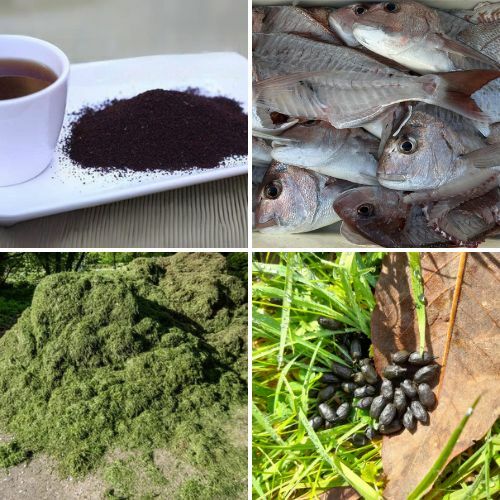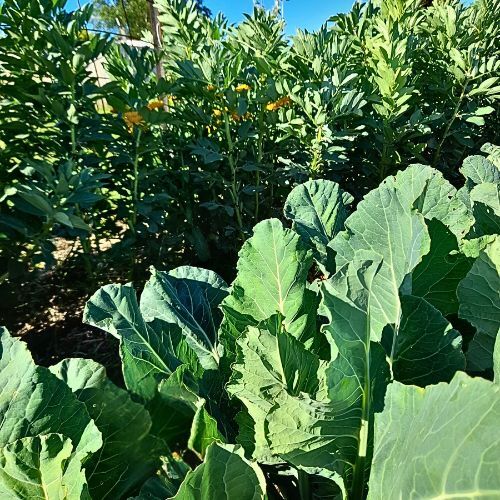Starting a Vegetable Garden: The Easy Way
Starting a Vegetable Garden: The Easy Way
With so many people taking a renewed interest in growing their own food, there's been a wonderful surge of folks writing and sharing their gardening knowledge.
I'm a long-time gardener, with professional training, industry experience, and the certificates to back it up. So, while there are heaps of ways to get a new garden started, before you even lift a spade, you need to consider a few crucial things.
�� Location, Location, Location: Getting the Site Right
Sunlight and Water
First up, you need to find out where the sun actually hits. Is it morning, midday, or afternoon sun? Remember that the summer and winter sun come from different directions here in Aotearoa New Zealand. For a proper vegetable garden, you'll want a site that gets sun all day.
Next, think about water access. Trust me, carrying heavy buckets of water up a hill to a patch gets old fast. Choose a location with easy access to a tap or hose.
Current Growth
What's already growing in your proposed garden spot? Is it just grass, or do you have some more serious weed pests to contend with? Things like convolvulus, couch, ivy, and tradescantia are tenacious. They require a serious amount of effort to remove, and sometimes it's simply impossible to banish them altogether—they'll keep cropping up forever. You need to weigh up if you're prepared for that fight.
Overhead Trees
Are there any trees overhanging the area? While some veggies do well with a little shade, a site under a massive tree probably isn't the best choice. Not only will the tree roots steal all the valuable nutrients and moisture from your patch, but the heavy shade will limit what you can successfully grow.
�� How to Start a Veg Garden the Organic Way
The old-school gardening approach involved a lot of hard yakka—they truly believed you had to dig and turn the soil to start a garden. Thankfully, most people now use simpler, more forgiving organic methods instead!
The 'No-Dig' Method
We start with a base layer, often using paper and cardboard, and build the garden goodness on top. Corrugated cardboard is awesome for this, just make sure you remove all the tape first. Skip the glossy magazines and stick to newsprint instead.
Another fantastic option is a hugelkultur bed. This is made by laying down logs first, and then building the raised garden on top. Over time, the logs will decompose and create the most incredibly healthy, rich soil.
For the rest of the layers, you can use things like fallen leaves, plant prunings, household kitchen scraps, and more paper. Just be careful not to add any known pest plants that might re-sprout or any weed seeds. I also avoid using rose prunings—I don't fancy getting a thorn in my fingers when I'm weeding later on!
I often add another layer of newspaper over everything and then top the whole lot with a nice, thick layer of mulch. This beautiful layered cake will eventually get mixed up by the worms, resulting in healthy, rich soil that’s a delight to plant in. Finally, give the whole thing a good watering to kick-start the process.
Mulch
Natural mulches are always the best choice. I prefer not to use big, chunky bark as it takes forever to break down. Smaller-sized bark, wood shavings, and trees that have been put through a mulcher are all perfectly fine.
Ideally, you want to build your garden bed months before you plan to plant in it. But if you're keen to plant straight away, just make a generous hole right through the layers and add some potting mix or soil to ensure your little plant has a good base to start from.
�� Working With Clay Soils
Clay soils often get a bad rap, but they aren't inherently 'bad' at all. Clay has the potential to become superb soil; the issue is that the good minerals are locked in and not easily available to your plants. It just needs a helping hand! Adding organic matter or gypsum will break up the clay, improve the soil structure, and assist with drainage.
Crucially, you also need to make sure your clay soil patch can drain properly—that it doesn't contain a huge basin or depression that will just fill up and hold water like a bathtub. Soggy soil means very unhappy vegetable roots!

��️ Other Soil Boosters and Things to Be Wary Of
Here are a few other common additions that are great for gardens, but come with a few caveats:
- Animal Manure: Can be very strong and full of weed seeds. It’s best to 'age' it somewhere for a while to reduce the strength and allow seeds to decompose.
- Coffee Grounds: Some plants won't appreciate a large concentration of coffee due to its higher acidic pH level. Use sparingly until you know how your plants respond. Or add it to your compost pile.
- Lawn Clippings: Tend to form a sloppy, anaerobic mass if you put them on too thickly. Apply thin layers, or better yet, add them to your compost bin.
- Fish Bones: Will decompose nicely, but frankly, I wouldn't want to get a bone in my hand while weeding! Or bury them deeply.
- Seaweed: Can be very salty! Give it a good rinse before adding it to your garden.
For many of these items, a better bet is often composting or making compost tea instead.
I've written more about the process and benefits of making compost tea in this post: read it here
Posted: Tuesday 4 November 2025
Recent Posts
Archive
Tags
| Top |

